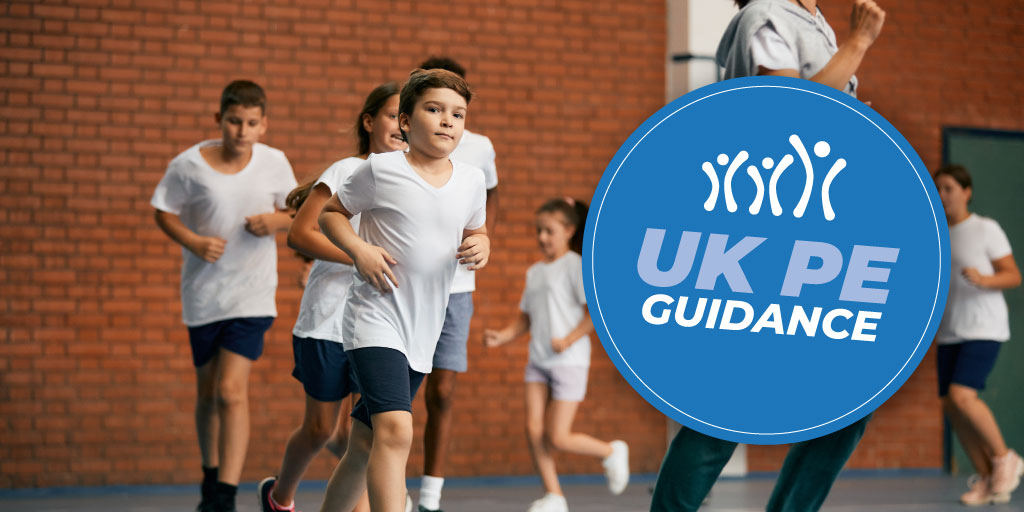The new PE guidance for schools released by the UK government has led to some claims that it does not adequately support pupils and teachers. The main aim of the guidance is to provide goals that schools need to reach so that pupils can ‘lead active, healthy lifestyles and develop practical knowledge and skills.’
But why isn’t it compulsory, and what does it offer?
An opportunity for change
The recommended minimum of two hours of PE has been the same since 2002. Despite the Chief Medical Officer’s recommendation of 60 minutes of daily moderate-to-vigorous physical activity, neither standard has been met. While raising the standard would be ambitious, it wouldn’t be helpful, especially if it was compulsory.
In the last ten years, schools have often been forced to reduce PE hours by more than 11% in favour of academic commitments. Lack of space and resources has meant that the benefits of an active lifestyle have suffered through COVID-19 and financial insecurity. Guidelines offer opportunities to find a model for reaching these standards with the flexibility they need.
An opportunity to embrace active learning
Maths on the Move has been hugely successful in schools. More than 80% of pupils have seen improvements in their numeracy skills after classes enhanced through physical activity. And pupils agree – More than 90% of primary schools and 60% of secondary schools agree that being active helps them learn.
Want to bring active learning to your school? Contact our team for a personal PE Manager and reach your academic and active goals in just one session!
Around 50% of practitioners feel that PE and school sport are priorities in their school. 26% disagree or strongly disagree that this is the case in their school. There is a platform to improve, but schools are going to need help. That’s why these guidelines encourage schools to use external partners like sports coaching companies and even NGBs to find the right model that works for them.
Who will support PE teachers?
PE teachers have often felt like they are fighting for PE’s place on the curriculum alone. Guidelines offer PE teachers a platform to create a programme that works for their school community and offers flexibility based on resources and capacity.
Whilst the success of the Lionesses, for example, focuses on the success that professional sports people can bring, it’s part of a multi-pronged approach. There is no one way to improve physical activity in schools, but when successful athletes reveal their challenges, they can inspire future changes.
Teaching and leadership in schools is important. It is key to helping pupils see that competitive sport isn’t the only focus. Movement, in all its forms, is. 86% of young people value PE, but according to Youth Sport Trust Girls Active data, 83% of boys like PE, but only 63% of girls do.
That’s why advocates like the Lionesses are important – not everyone can be an elite athlete, but everyone can be inspired by their athleticism.
Are we aware of PE’s benefits?
Did you know that only 43% of parents are aware that children should be active for 60 minutes a day? Young people’s understanding of the benefits of PE and physical activity is also in decline – and this negatively impacts their participation.
More than 70% of teachers are concerned about the physical health of young people. These guidelines are comprehensive, but they’re guidelines for a reason. It offers schools space to request support from external partners like NGBs or sports coaching companies to help everyone understand its benefits.
Do you need help?
School sport, PE and physical activity are different. That means you need a partner that will understand the goals of your school. Enhance competitive sport, embrace enrichment and provide wraparound care and PE you can be proud of.
Let First Step PE support your school so you can bring the benefits of PE, active care, and a love of physical activity to your school gates.



